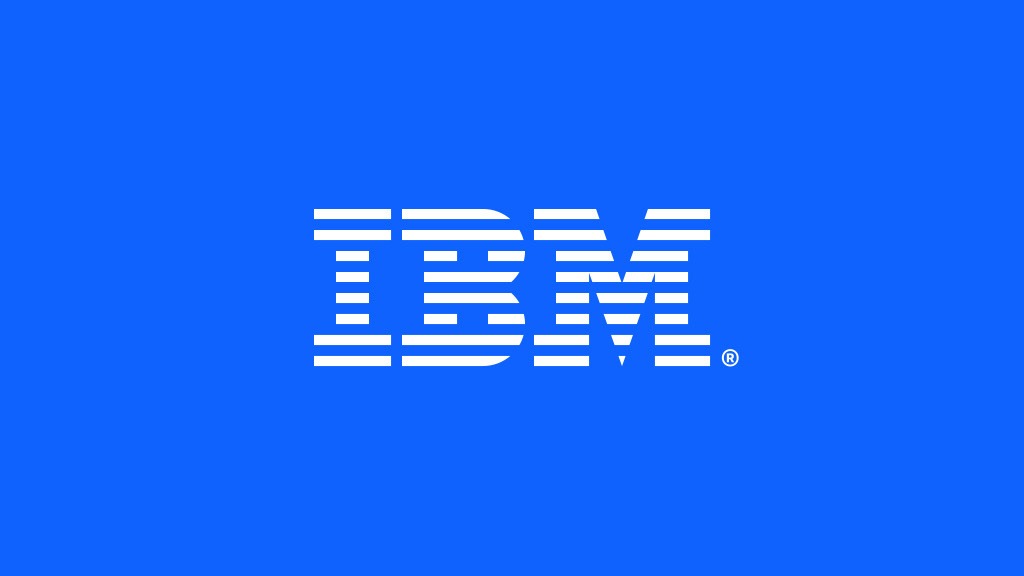IBM has announced plans to build the world’s first large-scale, fault-tolerant quantum computer by 2029, outlining a detailed roadmap that the company believes will solve the fundamental challenges plaguing quantum computing.
The system, called IBM Quantum Starling, will be housed at a new quantum data centre in Poughkeepsie, New York, and is expected to perform 20,000 times more operations than today’s quantum computers. The computational power required to represent Starling’s quantum state would exceed the memory capacity of more than a quindecillion of the world’s most powerful supercomputers.
“IBM is charting the next frontier in quantum computing,” said Arvind Krishna, chairman and chief executive officer of IBM. “Our expertise across mathematics, physics, and engineering is paving the way for a large-scale, fault-tolerant quantum computer — one that will solve real-world challenges and unlock immense possibilities for business.”
The announcement addresses quantum computing’s most significant obstacle: error correction. Current quantum computers are highly susceptible to environmental disturbances that force quantum bits, or qubits, out of their quantum state, generating errors that compromise calculations. This instability has prevented quantum systems from demonstrating practical advantages over classical computers.
IBM’s approach centres on quantum low-density parity check codes, which the company says can reduce the physical qubits needed for error correction by approximately 90 per cent compared to other leading methods. The system will use 200 logical qubits — units of error-corrected quantum information made from clusters of physical qubits working together.
“I feel more comfortable than ever that a fault-tolerant quantum computer will exist before the end of this decade,” said Jay Gambetta, IBM’s vice president of quantum. “We are putting error-correction in detail on our roadmap because we believe now we’ve solved all the scientific challenges.”
The roadmap includes several intermediate systems: IBM Quantum Loon in 2025 will test architectural components, followed by Quantum Kookaburra in 2026 as the first modular processor for encoded information storage. Quantum Cockatoo in 2027 will demonstrate linking quantum chips together, culminating in Starling’s deployment.
IBM faces competition from other technology giants including Microsoft, Google, and Amazon, all pursuing fault-tolerant quantum computing. Google recently announced progress with its Willow chip, whilst Amazon’s Ocelot quantum computing chip reportedly reduces quantum errors by up to 90 per cent.
However, industry analysts remain cautious about commercial viability. “It’s not clear how IBM’s breakthroughs translate into tangible business value,” said Chirag Dekate, an analyst at Gartner. “The transformative potential of fault-tolerant quantum computers is still speculative.”
Despite such concerns, the comprehensive nature of IBM’s plans has drawn attention from industry observers who view the announcement as significant progress towards practical quantum computing applications in drug development, materials discovery, and complex optimisation problems.





